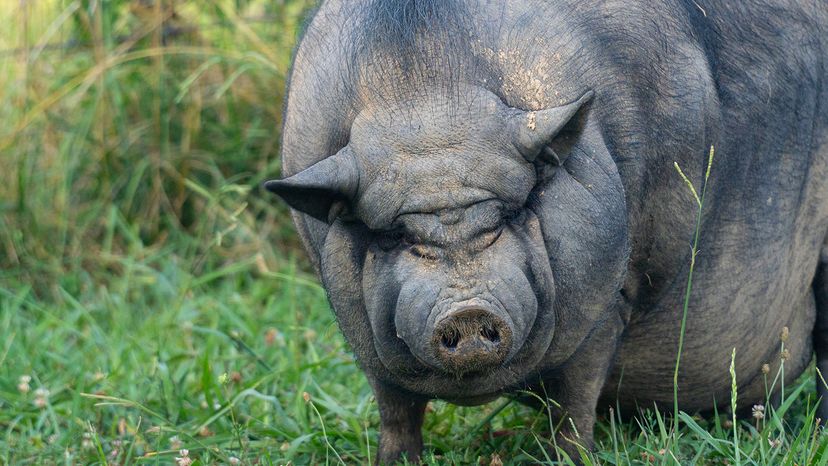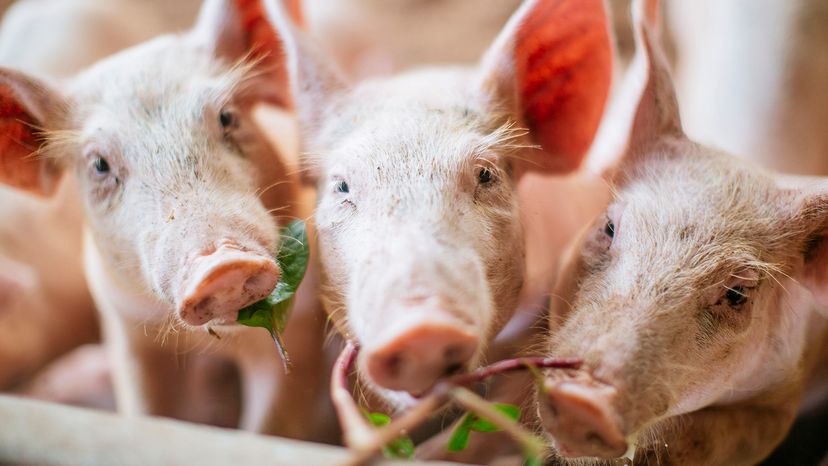
Hog vs. pig: What’s the difference? If you’ve ever wondered whether the two are just different names for the same animal, you're not alone. While they’re closely related, it's not always correct to use these terms interchangeably.
Both pigs and hogs are domesticated swine, members of the species Sus scrofa. The differences mostly come down to size, age, sex and context — like whether you're on a farm or in the wild.
Advertisement

